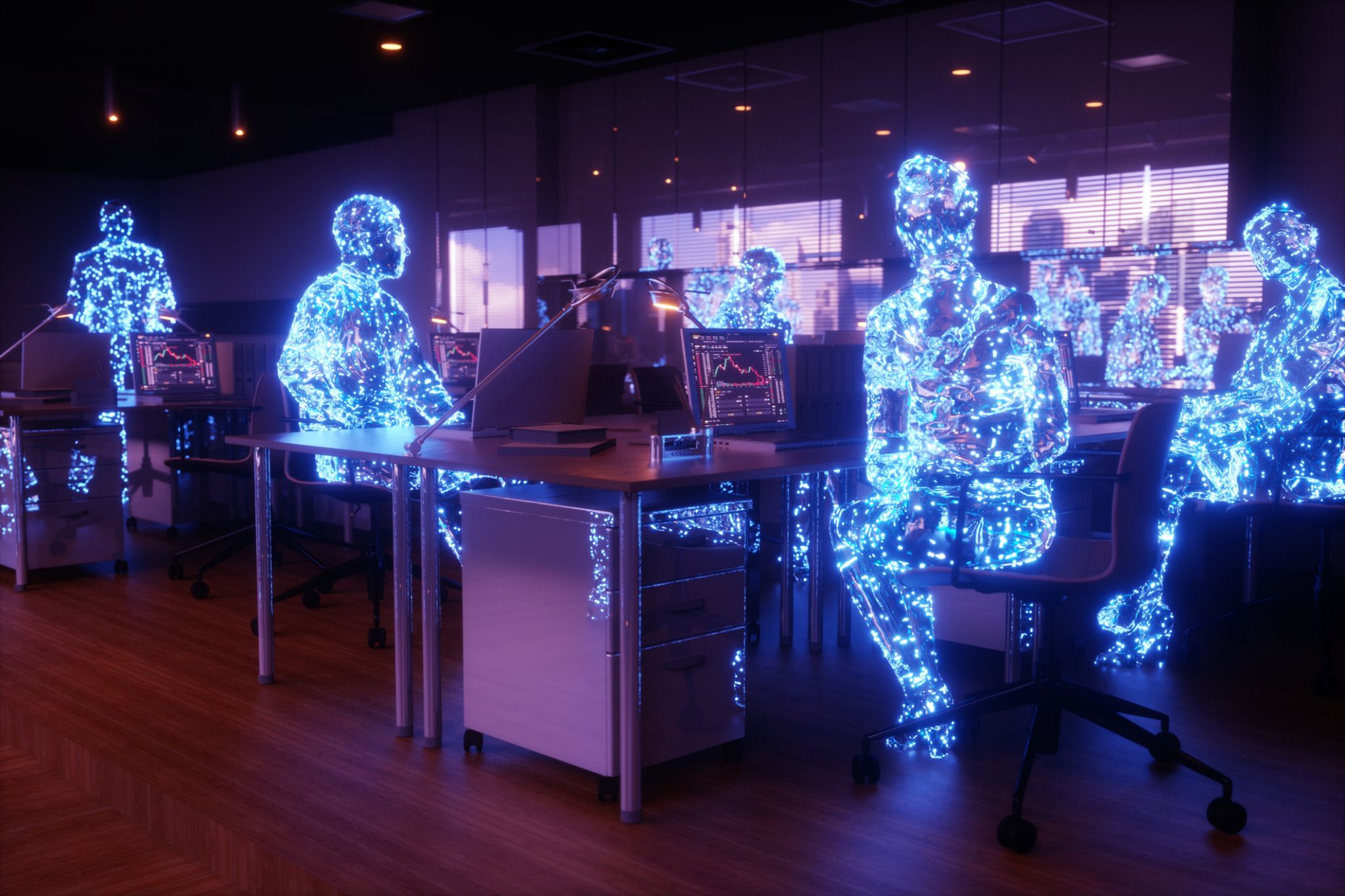How AI is Transforming UX Design: Opportunities and Challenges
The Rise of AI in UX Design
Artificial Intelligence (AI) is rapidly reshaping the landscape of User Experience (UX) design, offering unprecedented opportunities to enhance how users interact with digital products. As technology advances, AI tools are becoming more sophisticated, enabling designers to create more personalized and intuitive user experiences. By analyzing vast amounts of data, AI can provide insights that were previously inaccessible, allowing for a deeper understanding of user behavior and preferences.

Personalization and Predictive Analytics
One of the most significant transformations AI brings to UX design is the ability to deliver personalized experiences. AI algorithms can analyze user data to tailor content, layouts, and interfaces to individual preferences. This level of personalization was once a labor-intensive process, but AI automates it, making it scalable and efficient. Additionally, predictive analytics powered by AI can anticipate user needs, providing recommendations and suggestions that enhance user engagement and satisfaction.
For example, AI can analyze browsing history and purchase behavior to suggest products or services that a user is likely to be interested in. This not only improves the user experience but also increases conversion rates for businesses. By leveraging AI-driven insights, designers can create interfaces that feel uniquely tailored to each user.
Challenges in AI-Driven UX Design
Despite the numerous benefits, integrating AI into UX design also presents several challenges. One major concern is the potential loss of creativity. As AI takes over certain design tasks, there is a risk that the human touch, which is crucial for creating emotionally resonant experiences, may be diminished. Designers must find a balance between automation and creativity to ensure that AI enhances rather than replaces the human element.

Another challenge is data privacy. AI relies heavily on user data to function effectively, raising concerns about how this data is collected, stored, and used. Designers and developers must prioritize ethical considerations and ensure compliance with data protection regulations to maintain user trust.
AI-Driven Tools and Techniques
The emergence of AI-driven design tools is revolutionizing how designers approach their work. Tools that incorporate machine learning can automate repetitive tasks, such as organizing design elements or generating variations of a layout, freeing designers to focus on more strategic aspects of UX design. These tools can also provide real-time feedback, allowing designers to experiment and iterate more rapidly.
- Automated Design Systems: AI can generate design systems that adapt to different user needs and preferences.
- Natural Language Processing: Enhances voice interfaces and chatbots, making interactions more intuitive and human-like.

The Future of AI in UX Design
As AI continues to evolve, its impact on UX design is expected to grow even more profound. Future advancements may include even more sophisticated personalization techniques, enhanced natural language processing capabilities, and AI-driven insights that predict not just user actions, but also emotional responses.
However, the future of AI in UX design will depend on how well designers can integrate these technologies while maintaining a focus on the human experience. By embracing the possibilities offered by AI and addressing the associated challenges, the UX design industry can create more engaging, efficient, and satisfying user experiences.
Ultimately, AI is a powerful tool that, when used effectively, can transform UX design. It offers the potential to vastly improve user interactions, but it requires thoughtful implementation to ensure that the technology serves to enhance rather than overshadow the human touch.
